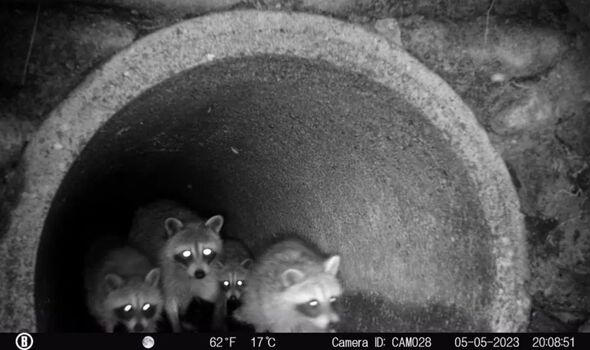Alligators, alongside a dozen other animals, are going through the sewer systems of Florida to traverse the city.
Scientists were not doubly surprised to find that the city’s sewer systems have become home to “abundance” of species.
And not all alligators end up in sewers by accident. A new study published in the journal Urban Naturalist reveals that alligators and nearly three dozen other species use Florida’s well-connected subterranean stormwater sewer systems (SSS).
It will come as no surprise to the people of Florida that alligators find their way into the sewer system, however, this is the first time that a study has revealed the extent to which they were using the drainpipes.
“It’s like something out of ‘Teenage Mutant Ninja Turtles’. The abundance of animals down there was surprising,” said Alan Ivory, a PhD student at the University of Florida who led the research.
Researchers placed 39 motion-activated cameras with magnetic mounts in storm water sewer systems in a number of locations in Alachua County in Florida to track how wildlife use them to get about.
They were left running for 60 days but not all of them survived with a few curious animals stealing the cameras.
During this period, more than 3,700 animals were captured by the cameras, with a total of 35 different species recorded, including amphibians, reptiles, and 12 species of birds.
Alan remarked: “We would have raccoons steal cameras every now and then. They would climb up the ladders and tear them off the manholes.”
Raccoons were caught on camera more than 1,800 times. Myotis bats were the second-most-spotted animals which were observed nearly 700 times.
Seven species of reptiles were also found, including the American alligator species Alligator mississippiensis “documented across the greatest number of sites”.
“Of the 5 sites, 4 of the sites where alligators were observed were simple culverts, and for this reason most of the alligator observations were of animals swimming from one pond to another (35 of 50 observations), thereby avoiding crossing busy roads,” scientists wrote.
